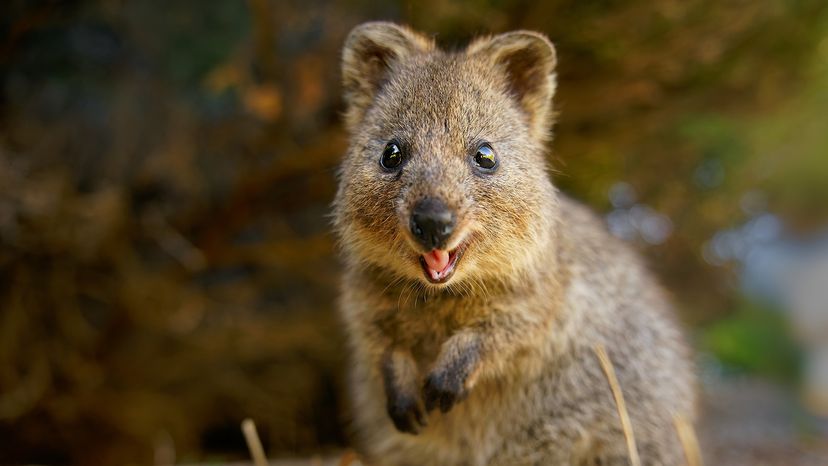Here are a few interesting facts about the happiest animal in the world.
1. A Dutch Captain Confused Quokkas for Rodents
In 1696, a Dutch captain Willem de Vlamingh came across quokkas and thought they were rats. He dubbed their home Rottnest Island, which translates to rats' nest.
2. They Are Nocturnal
Quokkas spend the day sleeping. And when they do snooze, they might sleep beneath Acanthocarpus preissii plants in a sitting position.
3. They Live in Their Mother's Pouch for 5 Months
These mammals the first five months of their lives in their mother's pouches. According to Adelaide Zoo keepers, at that point, they make "their way out to explore the world."
4. They Are Hoppers
Similar to bunnies, quokkas hop to get around.
5. They Are Herbivores
Quokkas, which have two stomachs, eat leaves and grasses. They also can go some time without eating food or drinking water.

